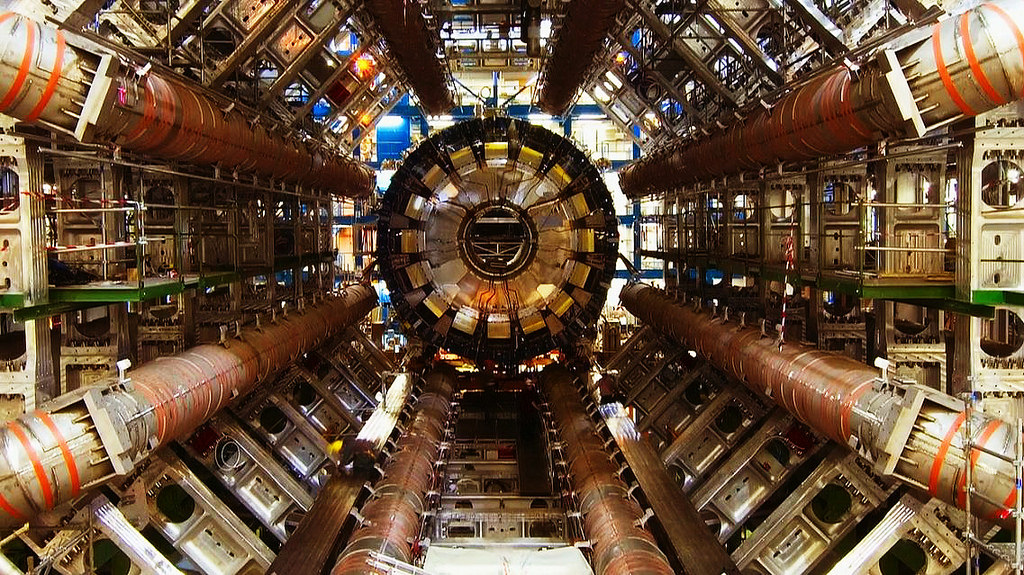Time travel has always been a fascination of humanity. The idea of peering into our future or exploring the past is a captivating one. As a consequence, time travel plays a large role in science fiction and many of the genres famous films are centered around time travel: Back to the Future, Planet of the Apes (1968), Minority Report, 12 Monkeys, Looper, and The Terminator. Even Charles Dickens featured time travel in his novella, A Christmas Carol (1843) .
Is time travel possible today? Yes! At least that’s what the people at the Alcor Life Extension Foundation would have you believe. Alcor sells the idea of time travel by means of cryonics, a process in which a person is frozen after death to preserve their body so that, in the far future, advanced technology can revive them. Cryonics have been a subject of scientific skepticism, due in large to the unproven technology which has yet to reanimate anybody. In fact, here in British Columbia is it illegal to sell your body for preservation by cryonics.

Max More. Credit to null0 on flickr (2006)
Despite this, preservation by cryonics has been around since the 1960s and is commercially available today. Cryonics markets immortality and makes people like Max More, the President of Alcor, $200,000 per person on top of subscription fees.
Cryonics was addressed on an episode of Star Trek: The Next Generation.


Albert Einstein. Credit to ebravolosada on flickr
Time travel is possible in another way, using Einstein’s theories of relativity.
Special relativity states that time passes more slowly for objects moving at a greater velocity relative to the observer. Einstein’s theories are not strictly theoretical; his ideas of time dilation have been experimentally proven. Humans have already achieved time travel like this. For example, after spending 342 days in the international space station, astronaut Scott Kelly has aged about 8.6 milliseconds less than his twin brother. This is because the ISS orbits around the Earth at approximately 7658 m/s relative to the surface.
Einstein’s theory of general relativity sates that time slows down in strong gravitational fields. The possibilities of this type of time travel are expressed well in the movie Interstellar when astronauts explore a planet with an orbit close to a supermassive black hole.

The methods of time travel that I have described focused on traveling to the future. This is because traveling to the past seems less plausible and more difficult to accomplish. According to the theory of relativity, an object would need to move faster than light to move backwards in time, a feat that would require an infinite amount of energy. In addition, Stephen Hawking suggested that the absence of visitors from the future gives evidence against the existence of backward time travel.
-Kevin O’Connor (Nov. 12, 2016)
Reference
Interstellar Science: ‘That’s Relativity’. The Huffington Post. 2015. http://www.huffingtonpost.com/jeffrey-bennett/interstellar-science-that_b_6130228.html (accessed Nov. 12, 2016)






